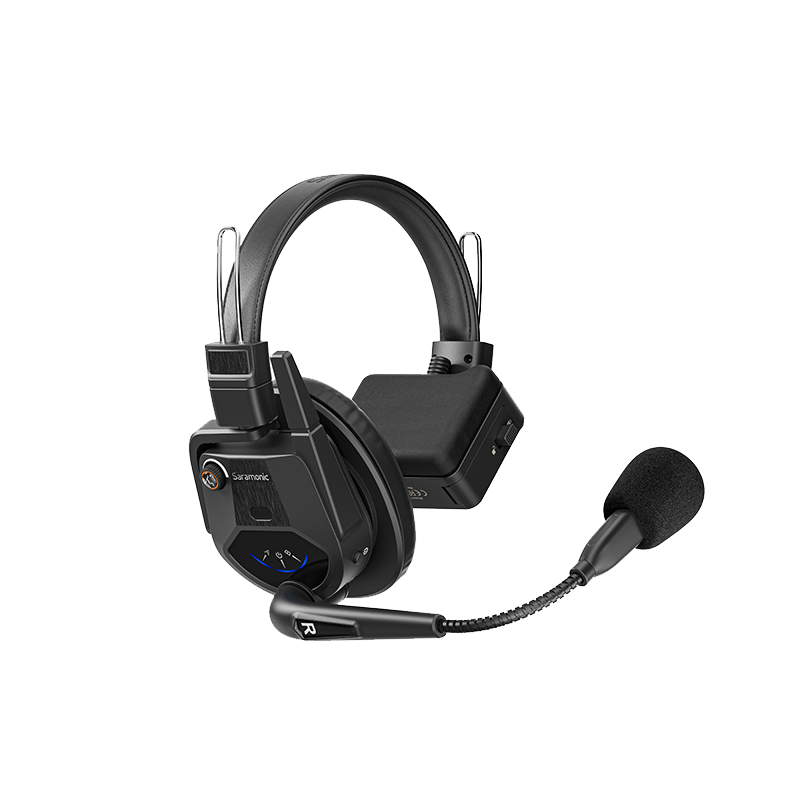Unlock the Secrets of Intercom Systems: Discover What You’ve Been Missing!
In an age where instant communication is at our fingertips, intercom systems remain a vital component of effective communication, particularly in residential and commercial settings. These systems facilitate seamless interactions, whether it’s speaking to someone at the front door or coordinating operations in a busy office environment. This article aims to delve into the fascinating world of intercoms, exploring the various types of systems available, their distinct features, and how they operate. Join us on this journey as we uncover what you might be missing about intercom technology and how it can enhance your communication experience.

Understanding Intercom Systems
Intercom systems are communication devices that allow individuals to converse with one another over short distances, typically within a building or complex. The concept dates back to the early 20th century when the first intercoms were developed to improve safety and streamline communication in large establishments. Over the decades, these systems have evolved significantly, transitioning from basic audio devices to sophisticated multimedia systems. In today’s world, intercoms are indispensable in both residential homes, where they enhance security and convenience, and commercial environments, where they serve as critical tools for coordination and management.
Types of Intercom Systems
Intercom systems can be broadly categorized into several types, each with its own set of advantages and disadvantages. The main types include wired, wireless, video, and audio intercoms. Wired intercoms offer reliable connectivity and are ideal for permanent installations, but they can be cumbersome to install. Wireless intercoms, on the other hand, are easier to set up and can be moved as needed; however, they may face interference issues. Video intercoms provide an added layer of security by allowing users to see who they are communicating with, while audio intercoms are straightforward and effective for basic communication needs. Understanding these differences can help users make informed decisions based on their specific requirements.
Wired Intercom Systems
Wired intercom systems operate through physical connections, typically using cables to connect various intercom stations. These systems are generally installed during the construction phase of a building, making them a long-term solution for communication. They are known for their reliability and sound quality, as the signal does not face interference from other wireless devices. Applications for wired intercoms include apartment complexes, schools, and office buildings, where consistent communication is crucial.
Wireless Intercom Systems
Wireless intercoms utilize radio frequencies to transmit signals, allowing for a more flexible installation process. They are easy to set up and can be moved without the hassle of re-wiring. These systems are perfect for homes and businesses that value mobility and convenience. However, they can be susceptible to interference from other electronic devices and may have a limited range, which are important factors to consider when selecting a wireless intercom.
Video Intercom Systems
Video intercoms take communication a step further by incorporating visual elements. Users can see and speak to visitors through a video feed, enhancing security and allowing for better identification of individuals. These systems often come with features such as night vision, motion detection, and even smartphone integration, making them increasingly popular in residential settings. The added layer of security and convenience they provide is invaluable, particularly in high-security environments.
Audio Intercom Systems
Audio intercoms are the simplest form of communication systems, allowing users to speak and listen without visual input. They are commonly used in homes, offices, and hospitals. Their straightforward functionality makes them user-friendly and cost-effective. Applications such as calling family members from different rooms or coordinating staff in a workplace make audio intercoms a practical choice for many users.
Key Features of Intercom Systems
When selecting an intercom system, several key features should be considered. Range is crucial, as it determines how far apart the intercom units can be placed while still maintaining clear communication. Sound quality is another essential aspect, especially for audio systems, where clarity can significantly affect usability. Additionally, modern intercoms often come with advanced functionalities, such as integration with smart home devices, allowing users to control their intercom systems remotely through smartphones or tablets. Other features to look for include ease of installation, durability, and warranty options, which can enhance the overall value of the system.
How Intercom Systems Work
At their core, intercom systems operate on fundamental principles of sound transmission. Audio intercoms convert sound into electrical signals that are transmitted through wires or radio frequencies to another unit, where they are converted back into sound waves. Video intercoms combine this technology with cameras and screens, allowing for visual communication. The components involved typically include a microphone, speaker, and control unit, which work in tandem to facilitate seamless communication. Understanding these basic operational principles can help users appreciate the technology behind the intercom systems they choose.
Summary of Intercom Systems
In summary, intercom systems play a crucial role in enhancing communication across various settings, from homes to large commercial buildings. By exploring the different types of intercom systems, their features, and how they operate, we hope to have provided valuable insights into this essential technology. When selecting an intercom system, it’s important to consider your specific needs and the unique features that will best serve your communication requirements. Making an informed decision not only enhances your experience but also maximizes the benefits these systems offer.









